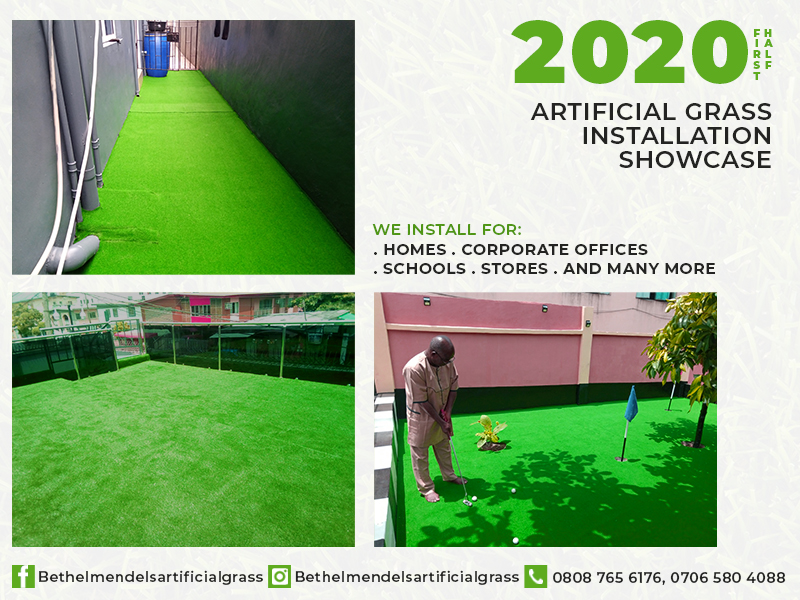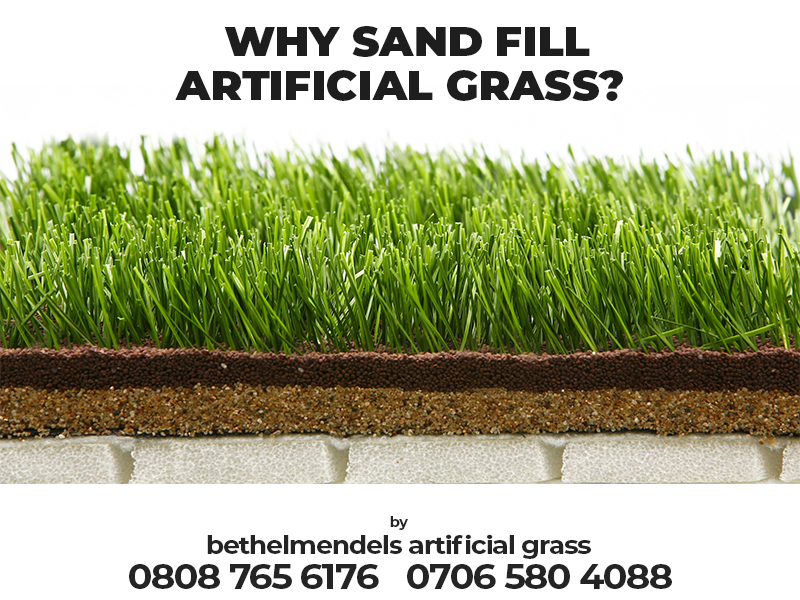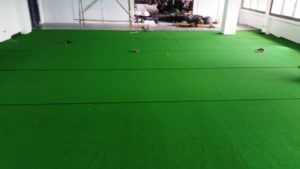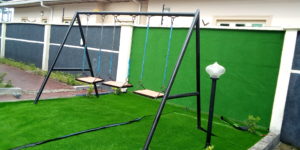Sand-infill is important to get the most out of your new artificial grass lawn. The procedure of using infills for the artificial lawn has been in standard practice for decades.
Does Artificial Grass need infill?
Yes, artificial turf should have infill. All perks like extending the viability of the turf and making the turf look fuller come with using an infill. But the only negative is the increased cost, so some people do without it.
What is Artificial Grass Infill?
Infill is a layer of sand designed to create a beneficial layer that rests on the turf backing at the base of the synthetic grass blades.
Advantages of Sand infill
Applying a sand-infill has several benefits, these benefits apply to all types of artificial lawn.
- The sand provides stability and protects the turf. As a result, no wrinkles or folds develop through use.
- The sand also surrounds the long blades of artificial grass and ensures that they remain erect.
- One of the functions is to weigh down the artificial grass. The extra weight means that the grass stays in place and doesn’t need to be fixed in any other way.
- An additional benefit of filling with sand is that it helps make the grass more fire-resistant, for example in case the barbecue is knocked over onto the grass.
- The holes on the backing of artificial turf allow water to drain through to the sub-layer. An adequate infill layer will allow for water, pet urine, and rain to drain through at a more regulated rate.
Ultimately, it increases the lifespan of the artificial grass. Also, note that Sand-infill isn’t needed for indoor installation









